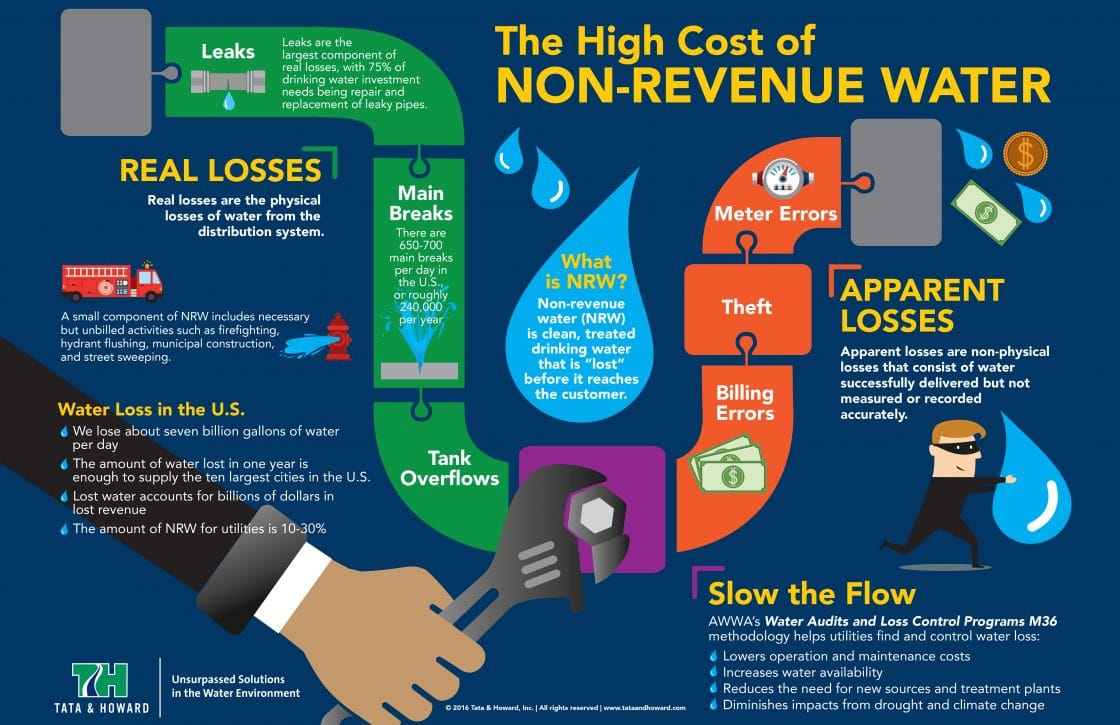Locating Common Roofing Defects In Your Home
Locating Common Roofing Defects In Your Home
Blog Article
Authored By-Burt Bjerring
You may not recognize it, but your roof could be concealing issues that, if left unchecked, can result in substantial damage. Begin by looking for dark places or water spots on your ceilings, which commonly signify leaks. While you go to it, check your roof shingles for any kind of cracks or curling. Don't neglect to examine your rain gutters for granule loss, a dead giveaway of damage. Comprehending these usual issues can conserve you time and money, yet recognizing when to take the following step is important. What should you do if you discover something worrying?
Common Indications of Roofing Issues
Have you ever before saw dark places on your ceiling or missing tiles on your roof covering? These can be indicators of roof covering concerns that should not be disregarded.
If your roof's got leaks, you might see water stains or bubbling paint on your ceilings. This suggests wetness getting in, which might cause mold and mildew growth and additional damage.
An additional indication to expect is granule loss on your tiles. When you see extreme granules in your gutters, your tiles may be nearing completion of their life-span. It's a warning that they're losing their protective finish.
If you identify any sagging areas on your roof, that's a warning. A sagging roof covering can signal structural problems that can cause a collapse if not addressed.
Do not ignore the exterior. Cracked or crinkling roof shingles and rust on metal roofing systems are likewise indications that your roof isn't in leading shape.
Preventative Measures for Your Roofing system
Routinely inspecting your roofing can help you capture possible troubles prior to they rise. Make please click the following article to examine your roof at the very least twice a year, preferably in spring and autumn. Try to find harmed roof shingles, debris, or any type of signs of wear. If you detect anything worrying, address it quickly to avoid more issues.
Maintain gutter cleaning rogers and free of debris. Blocked gutters can lead to water back-up, creating leaks and damage to your roof. If you're not comfortable climbing a ladder, take into consideration working with an expert for this job.
Trim looming branches to avoid them from scraping against your roof covering during storms. This also minimizes the danger of dropping arm or legs damaging your shingles.
Make certain proper ventilation in your attic room. Excellent air movement assists control temperature and moisture, stopping mold growth and prolonging the life of your roof.
Ultimately, buy a roofing upkeep plan if you're unclear about the maintenance. Normal upkeep can catch minor concerns before they develop into expensive repair services.
When to Call a Specialist
Recognizing when to call a specialist for roofing problems can conserve you time and money, particularly if you notice signs of severe damages. If you see missing roof shingles, water discolorations on your ceilings, or significant leaks, it's time to reach out to a specialist. These problems can suggest that your roof covering needs instant interest to prevent more damages to your home.
Do not wait up until the trouble intensifies. If you can not securely accessibility your roofing system or if you're unsure concerning the degree of the damage, it's best to call a specialist. They've the experience and devices needed to assess the scenario properly.
Also, think about working with a roof covering professional after a serious storm. High winds, hail storm, or heavy snowfall can trigger hidden damage that mightn't show up from the ground. A specialist inspection can discover these issues prior to they end up being costly repair services.
Last but not least, if your roof covering is aging or you're thinking about a substitute, consult a roof specialist. They can guide you on products and options that fit your home and budget.
Don't think twice to seek help; it can save you from even more considerable migraines down the line.
Final thought
By staying cautious and consistently checking your roof covering, you can catch common concerns early and save on your own from costly repairs. Keep an eye out for dark areas, fractured tiles, and drooping locations. Don't fail to remember to inspect your gutters for granule loss, also. If you identify any type of worrying indications or aren't comfortable climbing to check, do not think twice to call a specialist. Taking these steps currently will assist ensure your roof covering stays strong and safety for many years to come.
